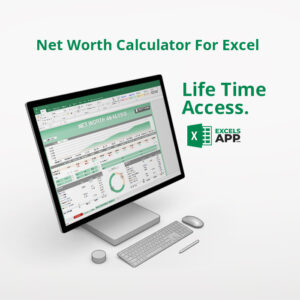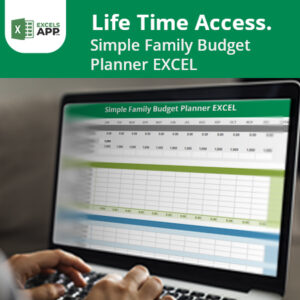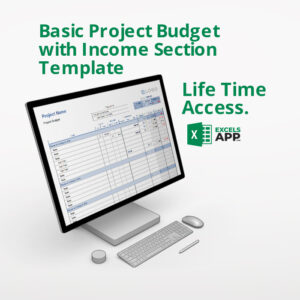Asset Tracking Template
£10.00
Simplify asset management and enhance accountability with our Asset Tracking Template. Perfect for businesses and individuals, this user-friendly tool helps you keep tabs on your valuable assets, streamline operations, and make informed decisions. Track, monitor, and optimize with ease.
Get a FREE Google Sheets Spreadsheet here
An Asset Tracking Template is a versatile and efficient tool designed to help organizations manage and monitor their valuable assets throughout their lifecycle. Whether you are a small business, a large corporation, a non-profit organization, or an individual, this template provides a structured and customizable solution to keep tabs on your assets, enhancing accountability, reducing losses, and improving overall operational efficiency.
Key Features:
- User-Friendly Interface: The template offers an intuitive, user-friendly interface that can be easily customized to suit your specific asset tracking needs. You don’t need to be a tech expert to use it effectively.
- Asset Database: Create a centralized repository for all your assets, including equipment, machinery, technology, vehicles, and more. This database ensures that all asset information is easily accessible in one place.
- Asset Information: Capture essential information about each asset, such as asset name, serial number, purchase date, warranty information, location, and assigned user. This makes it easier to track and manage assets accurately.
- Asset Classification: Categorize assets into different groups or categories, enabling you to quickly filter and sort assets based on specific criteria.
- Barcode/QR Code Integration: Generate and print unique barcodes or QR codes for each asset. This simplifies the process of scanning and identifying assets using mobile devices.
- Check-in and Check-out: Track asset movements and assignments by allowing users to check assets in and out, complete with time stamps and user details. This is especially valuable for shared or loaned assets.
- Maintenance Scheduling: Schedule and log maintenance tasks, repairs, and inspections to ensure assets are in optimal condition and have a longer lifespan.
- Depreciation Tracking: Keep an eye on asset depreciation by calculating and recording depreciation values over time. This is particularly valuable for financial reporting.
- Alerts and Notifications: Set up automated alerts for scheduled maintenance, warranty expirations, or other critical events to prevent unexpected asset issues.
- Reporting and Analytics: Generate comprehensive reports, graphs, and charts to gain insights into asset utilization, costs, and performance. These reports can be invaluable for decision-making and audits.
- Mobile Compatibility: Many asset tracking templates are mobile-friendly, allowing field personnel to access and update asset data on the go.
- Customization: Tailor the template to meet your organization’s unique requirements, whether you need to add custom fields or modify existing ones.
Benefits:
- Enhanced Accountability: Ensure that assets are used responsibly and returned promptly.
- Cost Savings: Prevent losses, minimize downtime, and extend asset lifecycles.
- Regulatory Compliance: Meet industry standards and compliance requirements with accurate asset records.
- Time Efficiency: Simplify asset management processes and reduce manual tracking efforts.
- Improved Decision-Making: Make informed decisions based on asset performance data and utilization reports.
Overall, an Asset Tracking Template is an indispensable resource for any organization or individual looking to optimize asset management, reduce operational costs, and improve overall efficiency. Whether you’re monitoring company equipment, IT assets, or personal belongings, this template is a valuable asset in itself.





Jessica Metcalfe –
It’s intuitive, visually appealing, and has made asset management a breeze. Highly recommended!
Molly Sims –
This template has exceeded my expectations.
Alison Russell –
Elegant simplicity
Giovanni Meyer –
Efficient and very easy
Jamie Catigan –
Accurate management
Willium Adams –
Sleek design
Leonard Butler –
Comprehensive